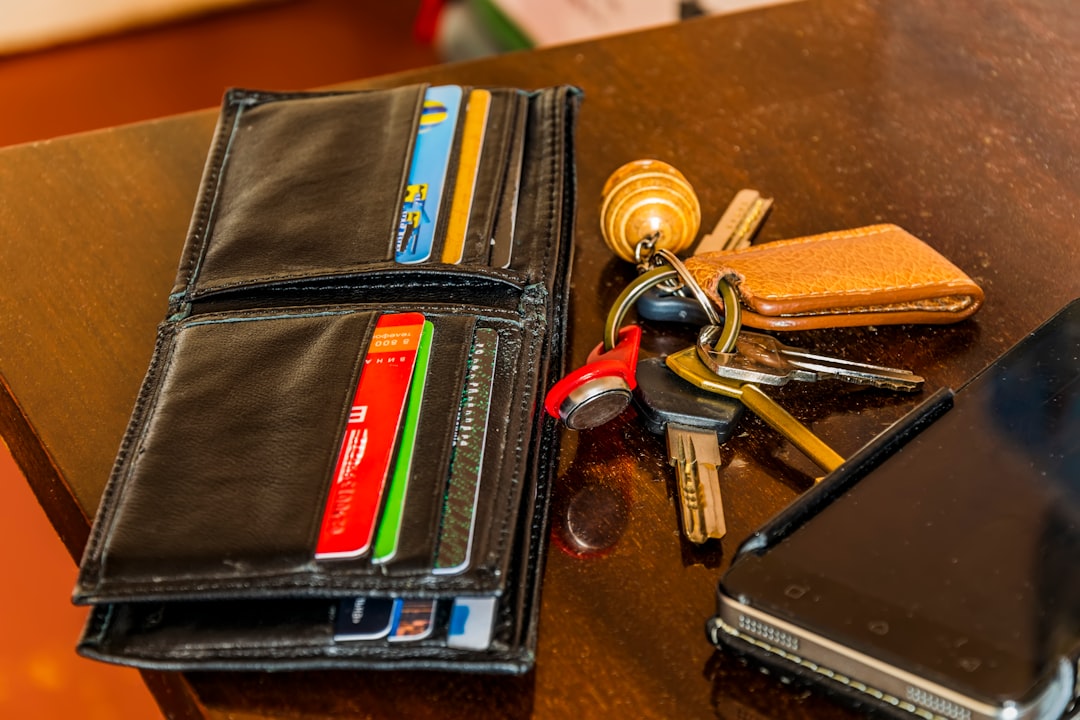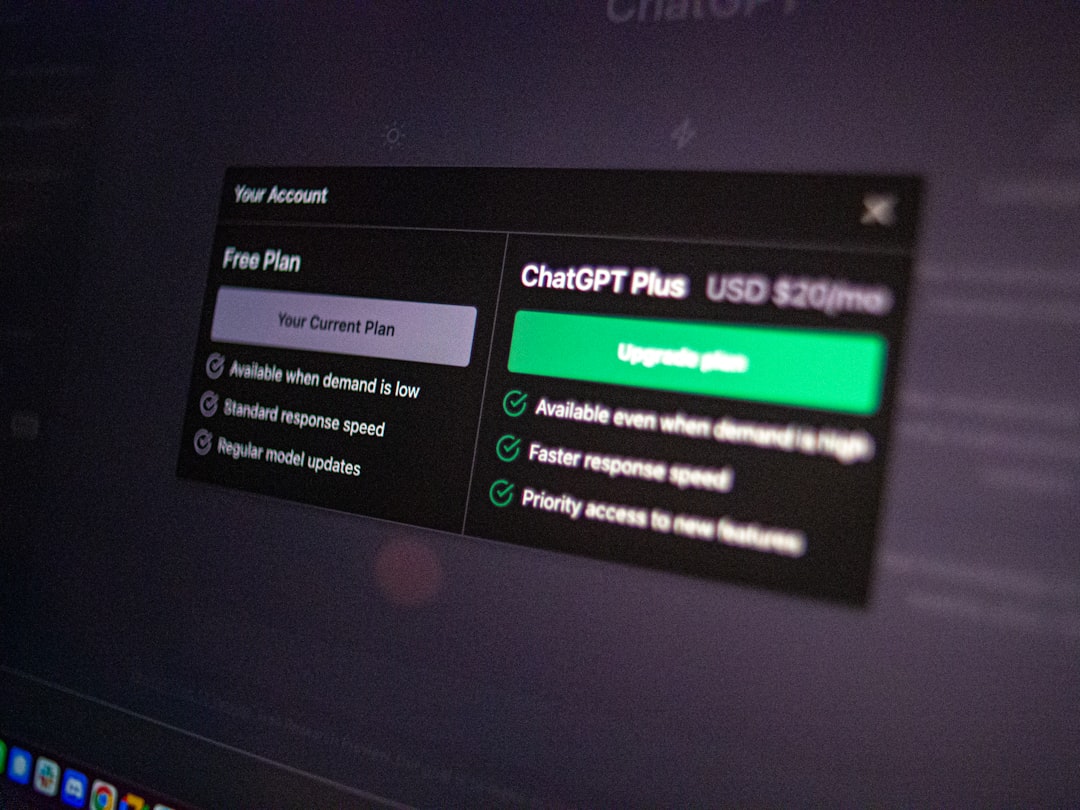Have you ever misplaced your crypto wallet address? Maybe you bought some Bitcoin years ago and can’t remember where you stored it. Don’t worry – you’re not alone! Many crypto users have multiple wallets across different platforms. Tracking them all can feel like finding a needle in a haystack. That’s where a crypto wallet finder app comes in.
In this article, you’ll learn how to use a crypto wallet finder app to locate and manage your digital assets. We’ll keep it simple, light, and maybe even fun. Let’s get started!
What is a Crypto Wallet Finder App?
A crypto wallet finder app is a handy little tool. It helps you scan the web, blockchain, and your own devices to locate wallets linked to your info. These apps are usually connected to a blockchain explorer and may even use AI to guess where your coins are hiding.
Some apps can:
- Find wallet addresses linked to your email or name
- Check balances in those wallets
- Show last transactions
- Help recover wallet backups
- Offer tools to store and manage your crypto better
Think of it as a treasure map to your digital fortune. 🗺️
Why You Might Need One
Let’s be honest. Keeping track of all your wallets and keys is tricky. Maybe you:
- Used multiple crypto exchanges
- Created wallets on different mobile apps
- Have old paper or hardware wallets gathering dust
- Wrote down a seed phrase but forgot where
If any of that sounds familiar, a wallet finder app can save you hours of manual searching. Even if you remember everything, it’s still helpful to have one app that shows you your full portfolio in one place.
How These Apps Work
A typical crypto wallet finder app uses several strategies. Some use blockchain analysis and connect with explorers like Etherscan, BscScan, or similar.
Here’s a simplified explanation:
- You input a known piece of data (email, old wallet address, ENS name, or even a transaction ID).
- The app searches its database or queries blockchain explorers to look for wallet connections.
- It returns a list of linked addresses or balances for you to investigate.
Some advanced apps even allow smart scanning. For instance, they might link wallet addresses by tracking related transactions or transfers from known addresses.

Popular Wallet Finder Tools
Here are a few popular tools that many users trust to help them recover and manage wallets:
- WalletHunter: A browser-based app that scans based on wallet names and old addresses.
- CoinTracker: More of a portfolio tracker, but great at syncing wallets.
- ReclaimCrypto: A community-based tool for helping people recover lost funds and wallets.
- Metamask & Trust Wallet: Not finder tools per se, but they allow importing wallets via private keys or seed phrases, helpful if you find an old wallet file.
Step-by-Step: Using a Wallet Finder App
Let’s run through an example using a general wallet finder app.
- Install or Open the App
Many apps are web-based. Others are mobile. Pick one with good reviews. - Start a Search
Enter your known data – like a wallet address, email, or ENS name. - Scan Results
The app looks through the blockchain to find wallets associated with that info. - View and Confirm
You’ll usually get a list of wallet addresses and balances. Confirm which ones are yours. - Connect to Manage
Many apps allow syncing to view or manage wallet balances from one dashboard.
Tip: Always make sure you’re using a trusted and secure app. Do your research to avoid phishing attempts!
Using Finder Apps for Management
So, you’ve found your wallets. Awesome! Now it’s time to manage them better.
This is where most wallet finder tools shine. They often include features like:
- Unifying balances: Track how much you own across chains.
- Exporting transaction history: Great for taxes or finance tracking.
- Security tips: Some apps give advice on securing your assets.
- Portfolio tracking: Get real-time price updates and alerts.

Managing Multiple Wallets Smoothly
Now that you’re organized, let’s make it smoother. Managing multiple wallets can be a hassle. Here are a few simple habits to help you stay on top of your crypto world:
- Keep a list: Maintain an encrypted document or password manager with wallet names and basic info.
- Record seed phrases: Write them down and secure them properly – offline is best.
- Use one or two main wallets: Consolidate smaller balances unless there’s a privacy need.
- Use two-factor authentication: Always secure app access and wallets where possible.
Things to Watch Out For
Even with great tools, crypto still has risks. When using wallet finder apps:
- Never input your full private key online: Unless the app is a trusted offline tool.
- Watch for scams: Fake apps or phishing sites can try to steal your wallet info.
- Back up everything: When you find a wallet, export a new backup and store it safely.
Also, remember that some wallets may no longer be recoverable. The blockchain is forever, but wallet files can get lost. That’s why staying proactive with management now is important.
Some Fun Discoveries People Have Made
Did you know some people used a wallet finder app and discovered old tokens they forgot about? A few even found NFTs worth thousands! One guy found an Ethereum wallet from 2016 and was sitting on a small fortune in airdropped tokens.
These stories are rare but real. So think of it this way: using a wallet finder might unlock more than memories – it could find treasure.
Get Started Today
Crypto isn’t just about numbers and tech. It’s about ownership, freedom, and a bit of adventure. You worked hard for your digital coins. Whether it’s 0.002 BTC or 20 ETH, that’s your value.
Don’t let your assets drift in the wind. Download a crypto wallet finder app, scan for your past, and bring your coins home. Then manage them like a pro – or at least like someone who doesn’t scribble seed phrases on napkins anymore.
Now go become a crypto explorer. 🧭
